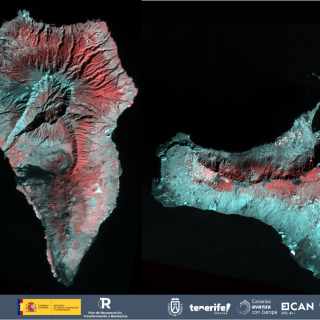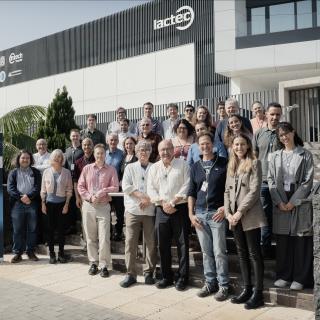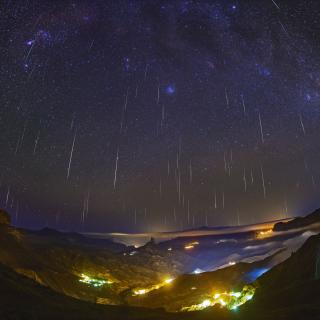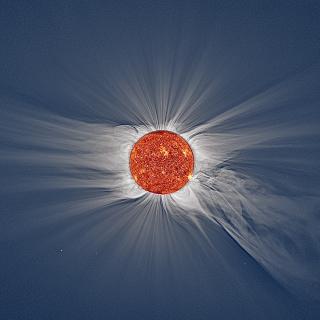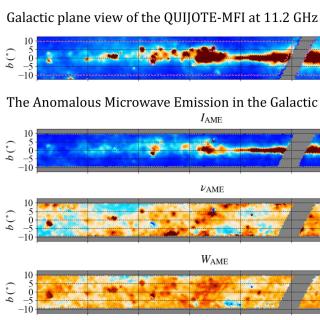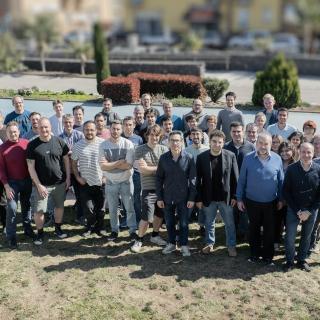
The 19th scientific meeting of CARMENES, a collaboration of more than 100 scientists from 11 Spanish and German institutions aimed at studying extrasolar planets around M-type dwarf stars, the lowest mass stars, was held this week at the IACTEC facilities in La Laguna (Tenerife, Spain). Since it became operational in 2016, CARMENES has analysed more than 360 such stars, leading to the discovery of more than 65 new planets, making it the most efficient instrument and mapper in the study of planets around very low-mass stars, with 30 % of the total number of planets discovered in this range
